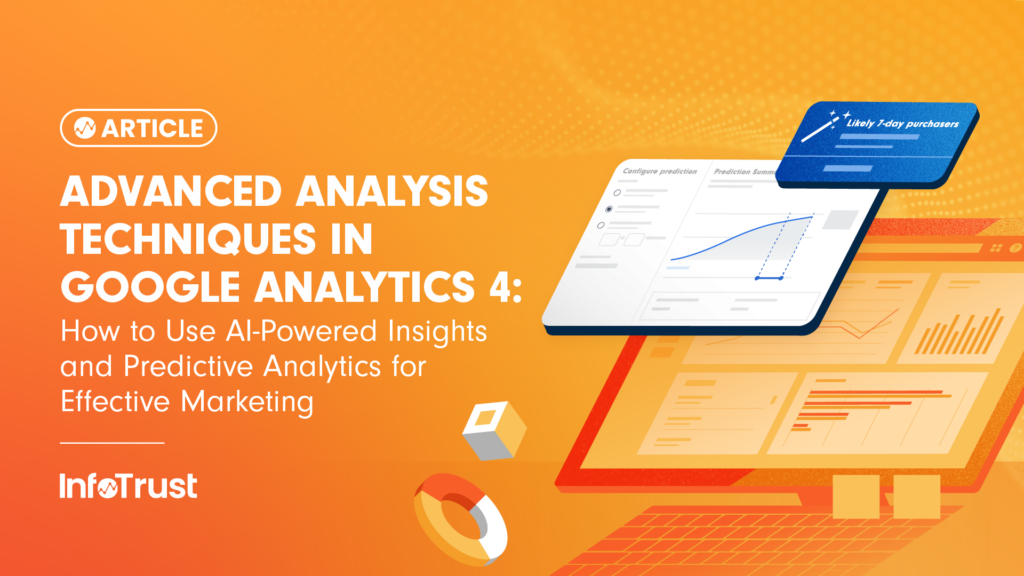TL;DR
- First-party and zero-party data (ZPD) are taking on increasing importance in organizations’ data strategies, making it more important for executives to become conversant.
- First-party data is directly collected by an organization on its owned properties (e.g., behavioral interaction data from a website); ZPD, a type of first-party data, is data that is intentionally and explicitly shared by a user (e.g, form submissions or preference information when creating a profile).
- Both data types can allow for a business to gain a competitive advantage via insights and are important inputs in calculations such as customer lifetime value and other high-ROI initiatives.
- Recent technology and regulatory changes do not impact ZPD—they are more “durable.”
- Privacy by Design and Data Minimization are key concepts to keep in mind as organizations build out and implement marketing and data strategies intended to collect and activate first- and zero-party data.
David, a marketing executive at a global CPG company with whom our team is developing a data strategy, recently mentioned—only half-jokingly—that when we began working together, he had little grasp of the significance of different data types: first-party, second-party, third-party, and now so-called “zero-party” data.
Whereas previously David’s role as a marketer would not have required much nuance in understanding data types, in today’s world of privacy-forward changes, it has become much more important for executives to understand. In doing so, and in developing a robust data strategy, marketers can become better informed regarding how to invest in marketing programs that will deliver key customer data.
Understanding First-Party Data
First-party data refers to data which your organization directly observes or collects from consumers on your owned and operated properties; it includes behavioral interaction data, such as that which can be collected through website, mobile apps, and other digital touchpoints. This data tends to be reliable—provided a proper data architecture and analytics implementation is in place—and offers accurate information about customer behavior, preferences, demographics, and engagement patterns.
This data is important for businesses to better understand their customers; frequent key use cases include personalization, segmentation, and customer insights. In more mature organizations, this data is essential for conducting customer lifetime value analysis, propensity modeling, and other data science initiatives. Given that these are high-ROI initiatives and that customer insights represent a sustainable competitive advantage, executives should prioritize first-party data collection.
Zero-Party Data: What Is It?
Similar to first-party data, zero-party data (ZPD) is data which is explicitly provided to an organization by the consumer—it is a subset of first-party data that may provide information on preferences, interests, and intentions. The main difference is that shared ZPD is intentionally shared, therefore involves consent, transparency, and generally some level of consumer engagement. A key example is an email address in a form submission, or preference information while creating an account, thereby providing the organization with a persistent identifier. Importantly, recent technology and regulatory changes do not impact ZPD.
This data type serves for even deeper customer insights, segmentation, and enhanced personalization, as well as for building brand trust and transparency, given that when customers willingly provide ZPD, they are actively participating in shaping their interactions with businesses. This transparency and control over data sharing fosters trust, as customers feel more in charge of their own experiences and are more likely to engage with brands they trust.
Finally, zero-party data can help in innovation and product development by uncovering valuable insights about customers’ unmet needs, desired features, or preferences for new products or services. By analyzing this data, businesses can identify market gaps, improve existing offerings, and develop innovative solutions that align with customer expectations.
Businesses that thoughtfully leverage both first-party and zero-party data are much more robust when faced with data privacy and regulation concerns, as the data is obtained with consent, providing more control over how it’s collected, stored, and used, reducing the risk of non-compliance. With a proper data strategy in place, both can be invaluable sources of insight into consumer preferences, behaviors and interests, and can provide the ability to deliver increasingly personalized experiences, driving engagement and conversion. By extension, organizations are better able to build deeper customer profiles, develop personalized recommendations, tailored offers, and ultimately increase customer lifetime value.
Have a Data Strategy
Given the above benefits and considering recent and upcoming privacy-lead changes, it comes as no surprise that marketers are increasingly focused on collecting first-party data (including ZPD); however, we advise marketers to avoid drowning in data—simply more first-party data is not the solution. Instead, consider implementing thoughtful programs and data strategies—for example, based on principles such as Privacy by Design and Data Minimization.
One way in which brands are innovating in how they ask for data is through ZPD micro experiences, building instances that don’t require a login and that can serve new and returning customers. These are typically short, simple interactions that ask a user to willingly provide a few pieces of information about themselves—for example, their preferences on a certain product and where they live—in exchange for clear value.
Examples abound; for instance, your organization may implement a small online widget that asks what a user is trying to solve. A recent example is a D2C bicycle manufacturer that asks for riding style, geographic location, and a series of other attributes that are useful to the brand; conversely, the brand provides value to the user by producing a recommendation and an improved customer experience. In other cases, brands are including short quizzes in interactive performance ads that ask about customer preferences along with a CTA.
The next step is to integrate data sources by merging ZPD together with first-party data. This will allow your organization to produce a more complete view of a customer, deepen customer profiles, improve segmentation, and improve the customer experience. Finally, the last phase for an organization to leverage first-party data and ZPD involves the activation and use of this data. While that exceeds the bounds of this article on data essentials, it will be the topic of a future discussion.





